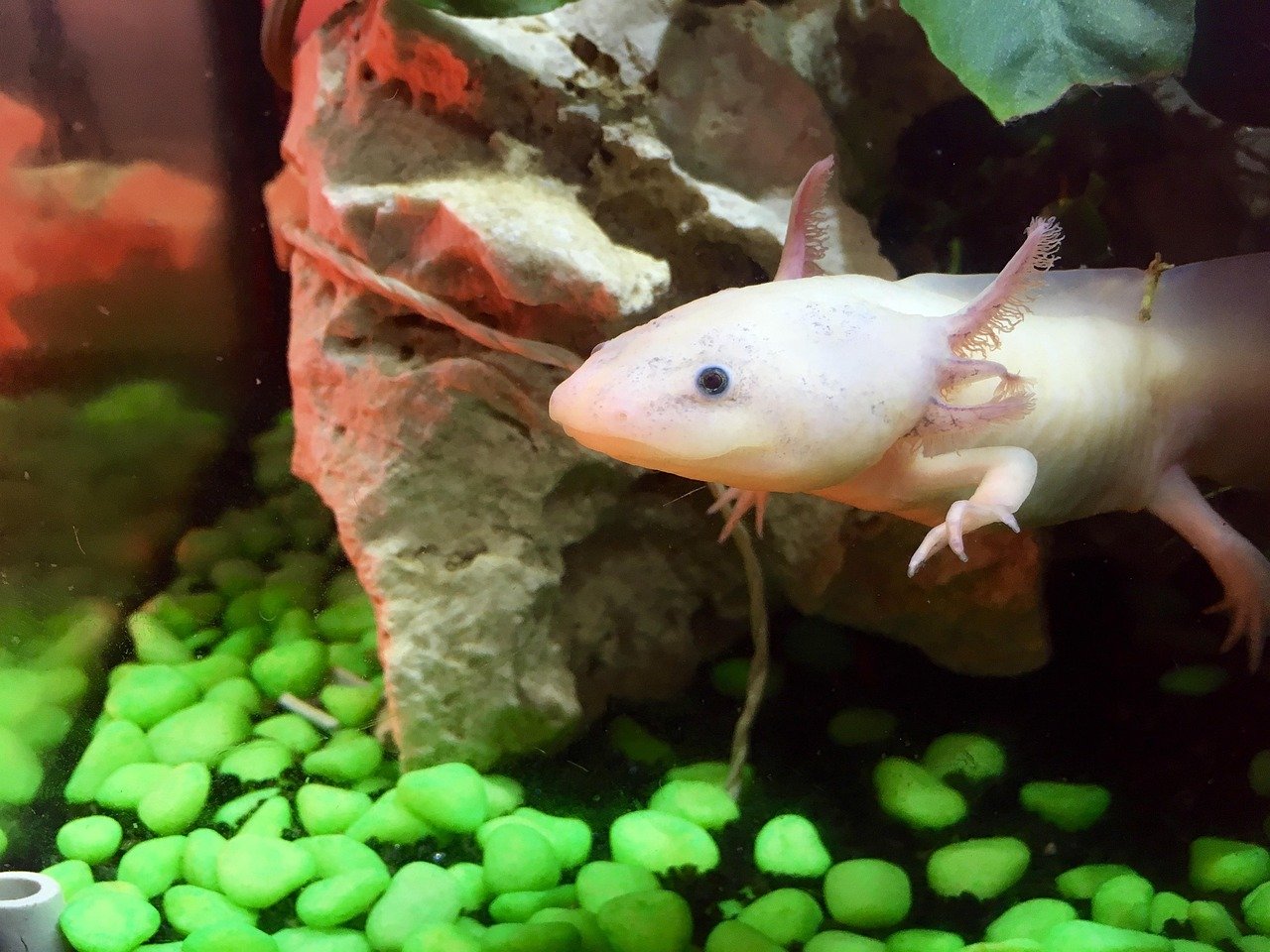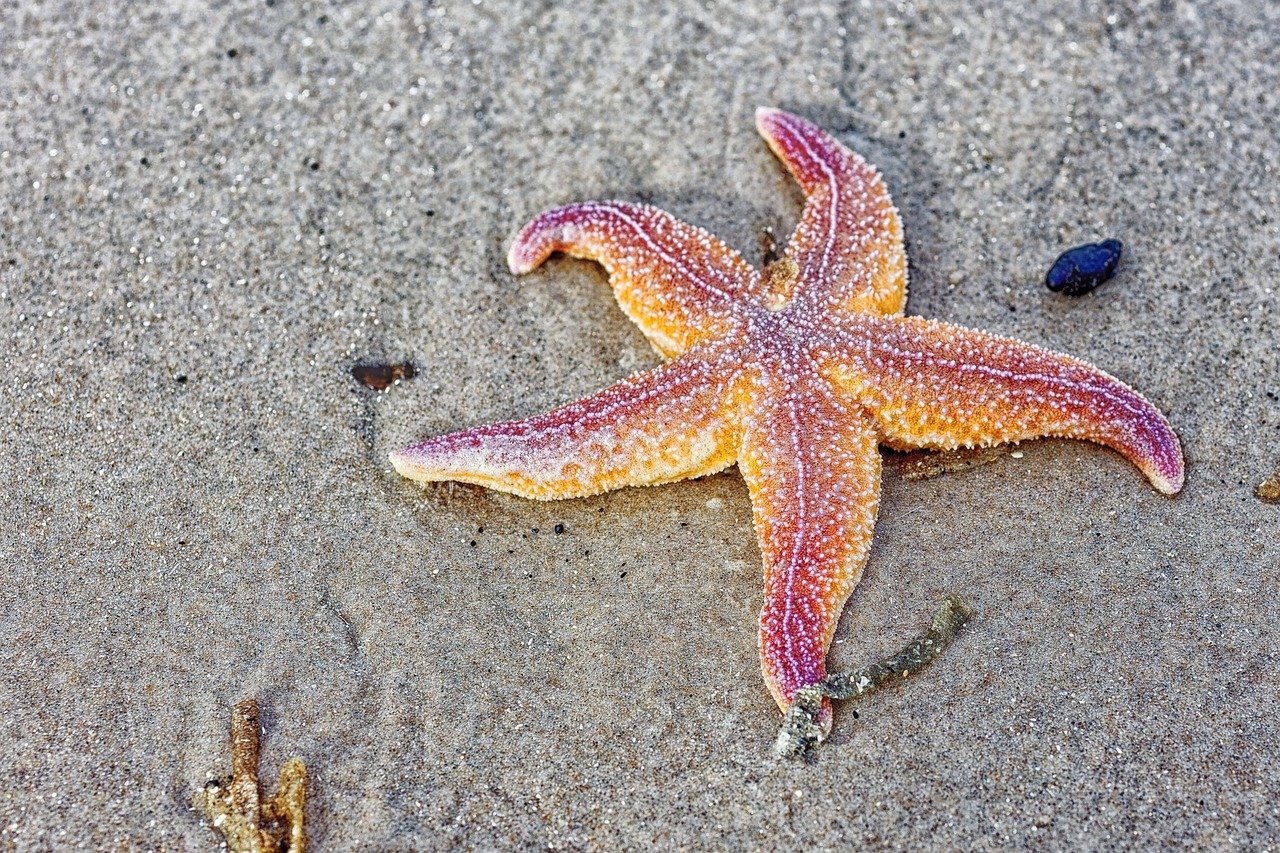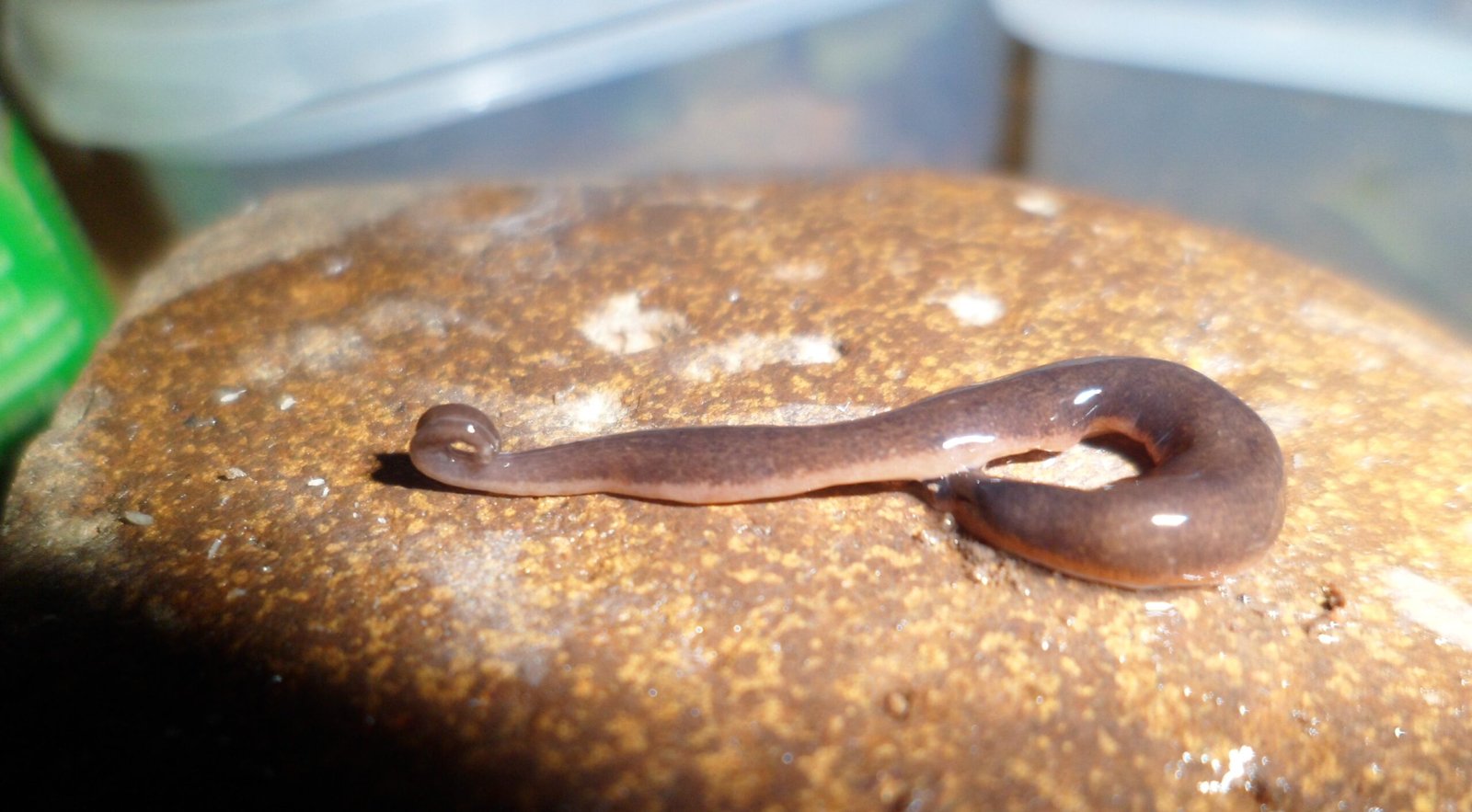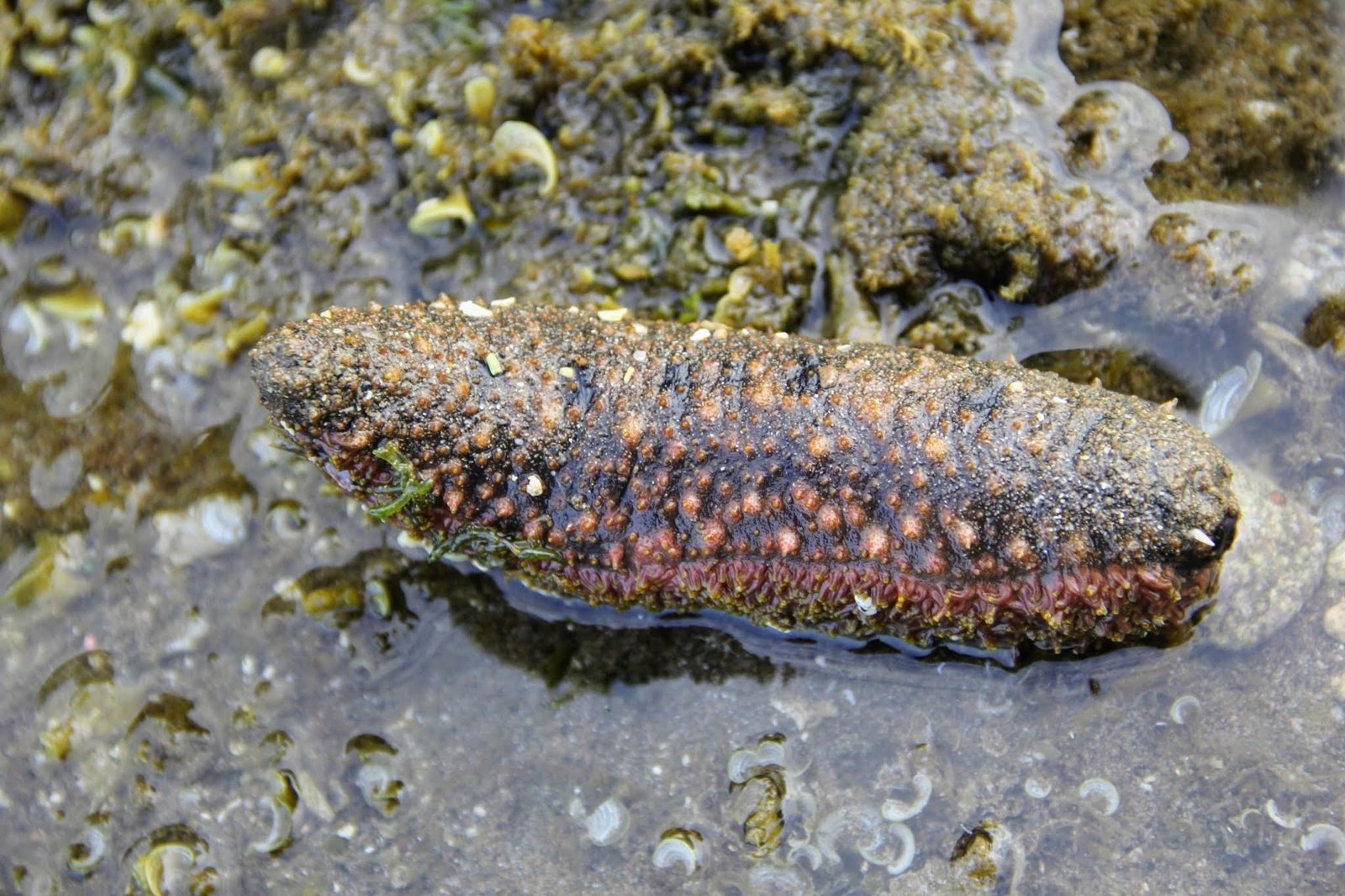Imagine losing a limb and having the ability to grow it back. While this may seem like the stuff of science fiction, many creatures in the natural world possess this remarkable ability. Regeneration is a fascinating biological process that allows organisms to replace or restore lost or damaged tissues, organs, and even entire body parts. This captivating phenomenon has intrigued scientists and nature enthusiasts alike, offering insights into the resilience and adaptability of life on Earth. In this article, we will explore seven incredible creatures that can regrow lost body parts, revealing the wonders of nature’s ingenuity.
Axolotls: The Marvels of Mexican Waters

Axolotls, often dubbed as “Mexican walking fish,” are not fish but rather a type of salamander. These extraordinary creatures are renowned for their ability to regenerate not only limbs but also spinal cords, hearts, and even parts of their brains. Found primarily in the lakes of Mexico City, axolotls have fascinated scientists due to their unique regenerative capabilities. Unlike most amphibians, axolotls do not undergo metamorphosis, retaining their larval features throughout their lives. This characteristic, combined with their regenerative prowess, makes them a subject of extensive research, potentially offering insights into human regenerative medicine. The axolotl’s ability to regrow complex structures without scarring sets it apart as a true marvel of nature.
Starfish: Masters of Arm Regeneration

Starfish, or sea stars, are ocean dwellers with a remarkable ability to regenerate lost arms. This capability is not merely a survival mechanism but also a means of reproduction for some species. When a starfish loses an arm, it can regrow it entirely, sometimes even regenerating an entire body from a single severed arm. This incredible feat is made possible by their decentralized nervous system and the presence of specialized cells known as coelomocytes. These cells play a crucial role in the healing and regeneration process, allowing starfish to recover from injuries that would be catastrophic to other creatures. Their ability to regenerate lost parts has made starfish a subject of fascination for marine biologists and a symbol of resilience in the animal kingdom.
Planarians: The Flatworms with Extraordinary Abilities

Planarians are flatworms that possess one of the most impressive regenerative abilities in the animal kingdom. These tiny, simple organisms can regenerate an entire body from just a small fragment of their original form. What makes planarians particularly intriguing is their abundance of stem cells, known as neoblasts. These cells are capable of transforming into any cell type, allowing planarians to rebuild complex structures with precision. Even if a planarian is cut into pieces, each segment can develop into a complete organism, showcasing the remarkable plasticity of their biology. This astounding capability has made planarians a valuable model for studying regeneration and stem cell biology, offering insights into the fundamental processes of life.
Spiny Mice: The Mammals with Regenerative Skin
While most mammals have limited regenerative abilities, spiny mice are an exception. Native to Africa, these small rodents possess the remarkable ability to regenerate skin, hair, and even cartilage. When injured, spiny mice can heal their wounds without scarring, a trait that is exceptionally rare among mammals. This ability is believed to be linked to their unique immune response and the presence of specialized cells that promote tissue regeneration. Spiny mice have become a focus of scientific research, as understanding their regenerative processes could have significant implications for human medicine, particularly in the fields of wound healing and tissue engineering. Their extraordinary healing capabilities highlight the untapped potential of regenerative biology in mammals.
Crayfish: The Crustaceans with Rebuilding Skills
Crayfish, freshwater crustaceans related to lobsters, have the ability to regenerate lost claws and legs. This regeneration is crucial for their survival, as they often lose limbs in battles with predators or during territorial disputes. The regenerative process in crayfish involves the growth of a new limb from a specialized structure called a blastema. This structure contains undifferentiated cells that gradually develop into a fully functional limb over time. Crayfish can also regenerate other body parts, such as antennae and eyes, showcasing their remarkable adaptability. Their ability to regrow vital appendages enables them to maintain their ecological roles and continue thriving in their habitats.
Green Iguanas: The Lizards with Regrowing Tails
Green iguanas, popular pets and native to Central and South America, are known for their ability to regenerate lost tails. This adaptation serves as a defense mechanism, allowing iguanas to escape predators by shedding their tails and later regrowing them. The regeneration process involves the growth of a new tail from a specialized tissue called the blastema, which forms at the site of the lost tail. The regrown tail may not be an exact replica of the original, often differing in color and texture, but it serves its purpose effectively. This ability to regenerate lost tails provides iguanas with a survival advantage, highlighting the evolutionary benefits of regeneration in the animal kingdom.
Sea Cucumbers: The Echinoderms with Unique Regeneration

Sea cucumbers, peculiar echinoderms found on ocean floors, have a unique approach to regeneration. When threatened, they can expel their internal organs as a defense mechanism, later regenerating them. This process, known as evisceration, allows sea cucumbers to escape predators while minimizing harm to themselves. The regeneration of internal organs involves the growth of new tissues from specialized cells called coelomocytes, similar to those in starfish. Sea cucumbers’ ability to regenerate vital organs showcases the incredible adaptability of echinoderms and their capacity to thrive in diverse marine environments. Their regenerative prowess continues to intrigue scientists, offering potential insights into the mechanisms of organ regeneration.
The ability to regenerate lost body parts is a testament to the resilience and adaptability of life on Earth. From the axolotls of Mexican waters to the starfish of the ocean depths, these creatures demonstrate the remarkable potential of nature’s ingenuity. Understanding the mechanisms behind regeneration not only deepens our appreciation for the natural world but also holds promise for advancements in regenerative medicine and biology. As we continue to explore the mysteries of regeneration, these creatures remind us of the incredible diversity and complexity of life that surrounds us.




